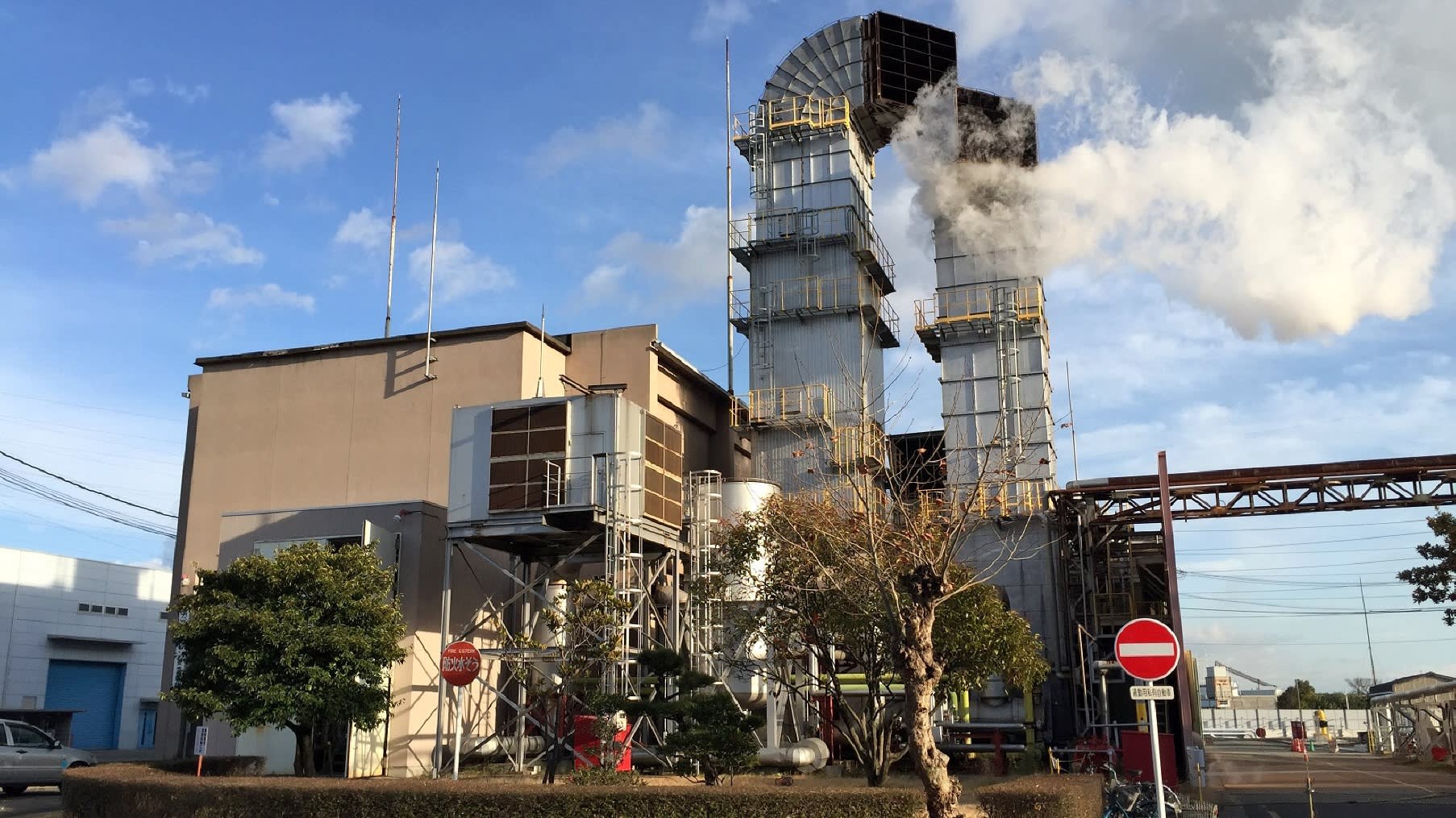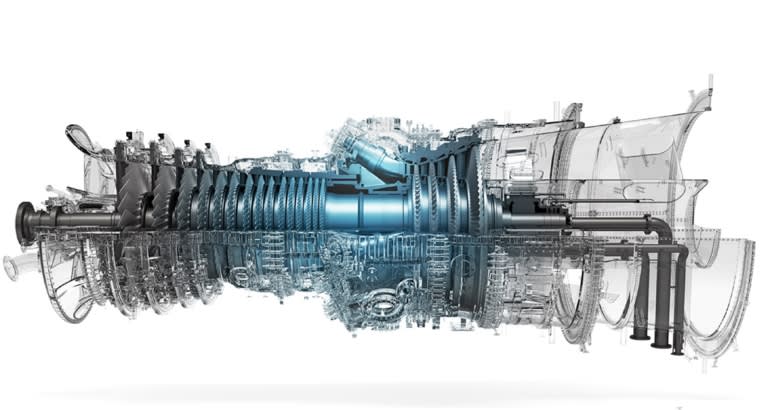
Mitsubishi Hitachi Power Systems has received an order for a next-generation thermal power generation facility, using a fuel mix of natural gas and hydrogen, from the Intermountain Power Agency, an independent power producer in the U.S. state of Utah.
The facility reduces emissions of carbon dioxide by 75% and 10% in comparison with conventional coal- and natural gas-fired power generation systems, respectively, according to an announcement last week by MHPS, which is jointly owned by Mitsubishi Heavy Industries and Hitachi.
Participating in a project for thermal power generation with 100% hydrogen in Europe as well, MHPS is stepping up its efforts to contribute to the world's shift away from reliance on fossil fuels amid growing calls for environmental protection.
MHPS won the order, estimated at 30 billion yen ($286 million) to 40 billion yen, for the IPA's project to replace a coal-fired power plant located 140 km southwest of Salt Lake City, the capital of Utah. The new facility will be capable of generating 840 megawatts of electricity, marking the first order for large-scale hydrogen power generation in the world.
MHPS also signed a long-term service agreement.
The order calls for an energy-saving thermal power generation system known as Gas Turbine Combined Cycle. A GTCC power plant generates electricity with a turbine on natural gas and uses the heat produced to operate a steam turbine. The double-cycle format reduces energy loss.

The GTCC facility, to be built by MHPS, will add hydrogen to the process to cut CO2 emissions. When it begins operating in 2025, it will use a fuel mix of 30% hydrogen and 70% natural gas to reduce CO2 emissions by 4.6 million tons a year, equivalent to the absorption of the greenhouse gas by a forest with an area about the same as Tokyo's.
The procurement of hydrogen is a bottleneck for power generation using the gas. But an Advanced Clean Energy Storage project is underway adjacent to the power plant, using electricity generated by solar and wind energy sources to produce hydrogen through electrolysis and store it. The GTCC facility will use plant's hydrogen.
MHPS is also cooperating on a thermal power project in the northern part of the Netherlands to generate 440MW of electricity using 100% hydrogen. The project has reached the stage of feasibility study and is about to begin accepting orders.
Thermal power generation technology using hydrogen-mixed fuel has advanced to the stage of practical use at last, after years of research and development.
Technological problems are the biggest stumbling block to thermal power generation using hydrogen-mixed fuel.
A device called a combustor is the core component of thermal power generation. Big combustors, in particular, are prone to various problems, such as "flashback," a phenomenon in which a flame, fired by highly flammable hydrogen fuel, moves backward, as well as the question of durability and generation of nitrogen oxide.
MHPS has a huge GTCC power plant demonstration facility, called "T Point," in Takasago, Hyogo Prefecture, and a combustor demonstration facility next to it. The company has been conducting verification tests burning 30% hydrogen fuel. Engineers at MHI's laboratory on the premises of the Takasago works have settled combustion troubles through continuous studies on combustor shapes.
"Coal-fired power generation will be greatly reduced in scale due to strong criticism worldwide," Seiji Izumisawa, president and CEO of MHI, said. "But as society needs power generation systems, we will find out how to meet the social needs with hydrogen fuel."
At the 25th United Nations Climate Change Conference, or COP 25, in Madrid last year, countries agreed to reduce their targets for greenhouse-gas emissions. There are also accelerating trends toward investment taking environmental, social and governance factors into account and divestment or moves to withdraw investment in and discontinue doing business with companies using fossil fuels. As a result, cancellations of thermal power plant construction projects continue around the world.
Financing thermal power plant projects without considering ESG factors will become difficult. The development of next-generation technology therefore is a matter of survival for companies concerned.
MHPS is a world-leading integrated thermal power generation system company, which has the biggest share of the global market for large gas turbines for generating electricity and competing with Siemens of Germany and General Electric of the U.S. But GE will carry out a drastic restructuring of its thermal power generation business, while Siemens decided to spin off thermal power generation equipment and other sections.
MHI, which currently holds a 65% stake in MHPS, announced a decision last December to convert it into a wholly owned subsidiary by acquiring the remaining 35% from Hitachi. In other words, MHI will take over Hitachi's business to go against global trends toward cutting back on thermal power generation.
While overseas rivals are developing thermal power generation technologies using fuels mixed with 20% hydrogen, MHI has already won the order involving its 30% to 100% hydrogen technology. To win the competition in the market sector, MHI needs to further advance the technology and lower its cost.